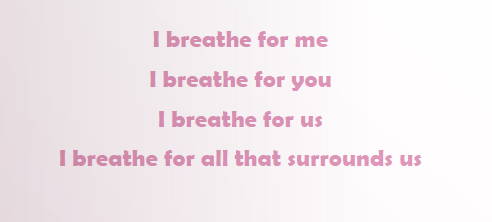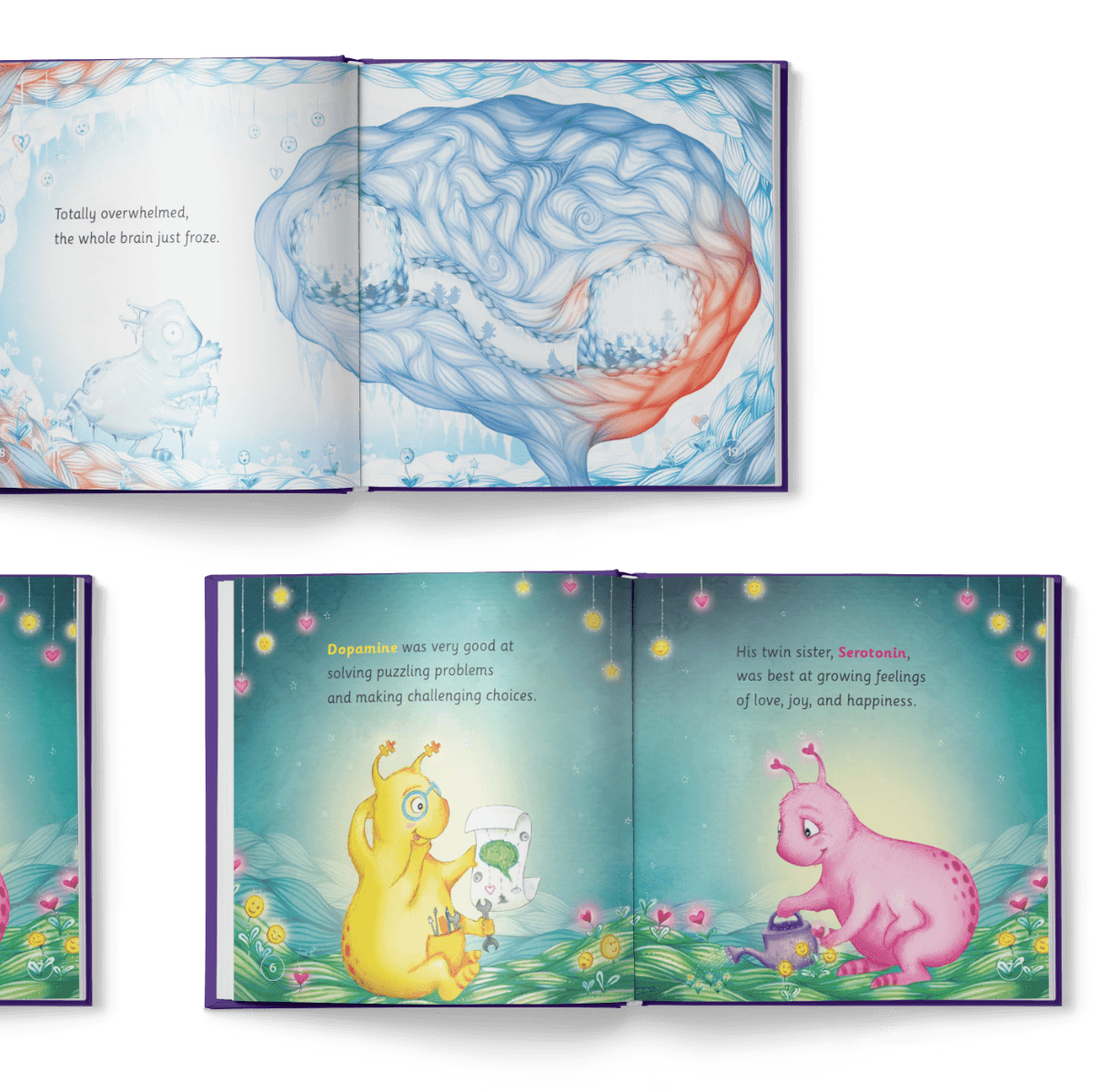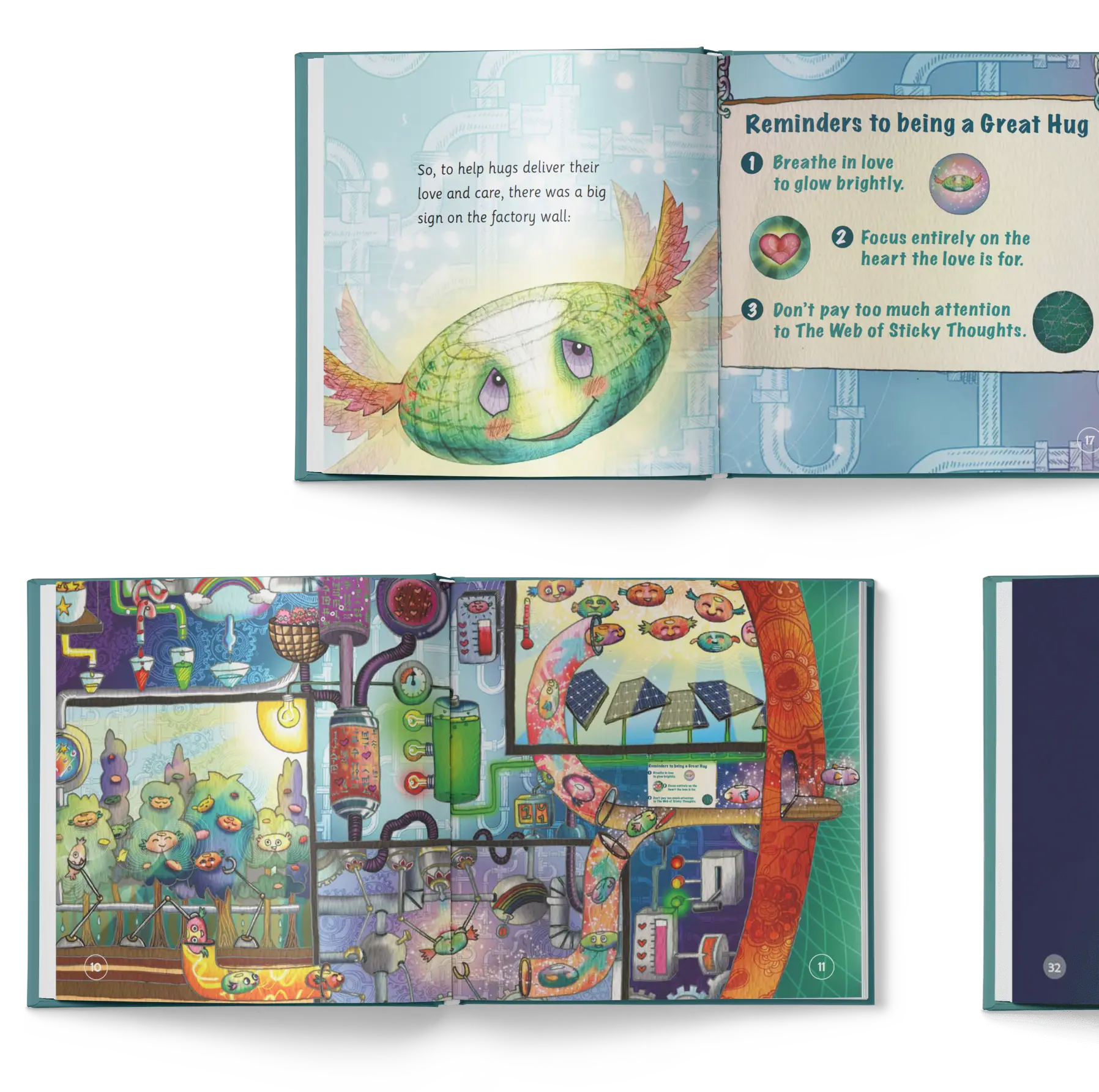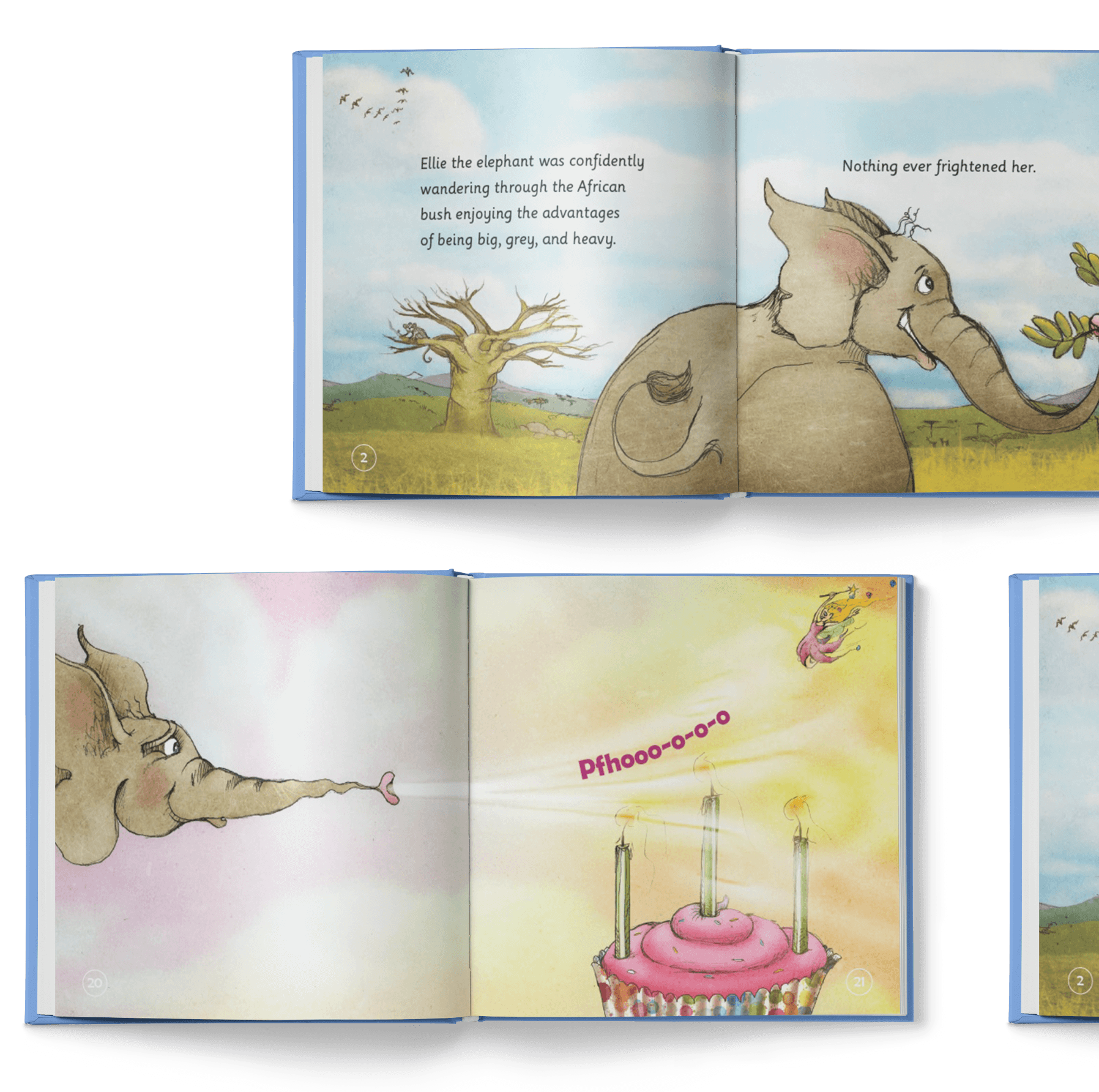
RESULTS:
Anger & Rebellion
Your child scored highest on our group of emotions we label, Anger and Rebellion. Don’t worry, this is a common struggle for many children and there are some really practical ways you can help them grow within these emotions!
First though, to better understand how this works, it is important to note that this grouping is just a label – it is a way to think about the underlying emotions we will explore more in a moment. Anger and Rebellion represent the thread that ties all of these specific emotions your child is struggling with together. It is the underlying emotional core of each of these issues, even if the issues themselves are more specific. So don’t worry about the label (and don’t label your child this way). Instead, let's focus on the core issues and practical methods you can implement to help them get through these emotional struggles.
The issues that fall under the Anger and Rebellion group are: Anger & Rebellion, Regulation, Shame, Communication, Kindness, Frustration. Let's explore them in more detail below.
Delve Deeper into the Emotions
Anger and rebellion
Anger can feel like a big, hot fire inside that makes your child feel upset and frustrated. It flares up when things don't go their way or when they feel unfairly treated. The purpose of anger is to restore boundaries. Rebellion is a feeling of wanting to do things their own way and not always following the rules. They might feel a strong urge to assert their independence and test boundaries as they try to figure out their place in the world. Often you, as the authority figure, will bear the brunt of both anger and rebellion. That’s part of the parents job!
Parenting Tip:
It's important to help your children understand and express their anger in healthy ways and guide them towards making positive choices while still honoring their need for autonomy. Give them feedback to welcome their emotions and help identify what emotion they are feeling. Try saying “Your voice is loud. Your fists are clenched. You look angry.” To help with rebellion, offer them choices within limits to provide them with a sense of autonomy and independence.
Regulation
Regulation feels to your kids like a calm and balanced state. It's when they feel in control of their thoughts, emotions, and actions. They may feel centered, focused, and able to navigate their day with ease. Regulation brings a sense of stability and helps them handle challenges or transitions more effectively. It's like having an inner compass that guides them towards a sense of harmony and well-being.
Parenting Tip:
To help your kids feel more regulated, it's important to establish consistent routines that provide a sense of structure. Offering sensory breaks or engaging in calming activities can help them find balance. Teaching simple techniques like deep breathing while counting can assist them in managing their emotions. Providing comfort, connection, and validating their emotions creates a safe and supportive environment for them to regulate their feelings effectively.
Shame
Shame is yucky. It feels heavy and uncomfortable. It comes up when your kids feel a deep sense of embarrassment or guilt about something they have done or a mistake they have made. They might feel small, exposed, or unworthy. Shame can make them want to hide or withdraw from others.
Parenting Tip:
This is where we help our kids to practice deep kindness to themselves. We all make mistakes, and shame is best met with self-compassion and self-forgiveness. Ask them what they’d do differently if they had a do-over. If it involves you, say “I still love you, and I forgive you. Let’s try again.” Shame always wants to hide, so keep calling it out to be seen so it can be over sooner.
Communication
Communication is the language of words, gestures, and expressions that enables your kids to share their thoughts, feelings, and ideas. It includes active listening to their words and non-verbal cues. By encouraging and supporting their communication, you help them build relationships, understand others, and navigate their world more effectively.
Parenting Tip:
You can create a language-rich home environment just by singing songs, playing word games, reading stories, and engaging in pretend play. This helps expand your kids vocabulary and develops their understanding of different forms of communication. Encourage your child to take turns during conversations and repeat back to them what they said, so they feel heard.
Sadness
Sometimes your child may feel sad, even if it's not obvious on the outside. Sadness can be caused by various things like loss, illness, or simply feeling a bit down. Kids are sensitive so it may be a reaction to a small thing that you don’t even notice. Your child may be trying to figure out why they aren't as happy as they want to be. Look beyond the obvious clues of sniffles and tears for signs of decreased energy, and a withdrawal from connection.
Solve:
To help, a massive dose of encouragement is necessary. Celebrate them and their activities. Help them understand that it’s OK to be sad – it doesn’t need to be a dirty feeling. But more than anything, just ask a lot of questions so they start getting the thoughts out of their head and into the world to deal with. This will help them to quiet the noise and see that maybe the sadness they feel is actually something else completely .
Calm
It's a wonderful moment when you see your kids feeling Calm. It's like they found a cozy spot or are listening to soft music that makes them feel peaceful and relaxed. When they feel calm, their body feels at ease, their breathing becomes slow and steady, and their thoughts become clear and quiet. Kids love to feel calm and peaceful within themselves and harmony in their environment.
Solve:
When calm is missing, the brain can actually forget that it's even possible. It’s our job to remind them by calming ourselves and holding our center especially when they can’t. We can literally transmit our feelings of peacefulness to their nervous system through our breath, gentle touch, eye contact, and presence. This can take a few minutes before they regulate again, so be patient. It’s very helpful to encourage and support natural moments of calm when they happen. You can say “Your arms are relaxed. Your eyes are closed. You look calm.” At another time you can ask “What does calm feel like to you? What makes you lose it? I will help you remember when you lose it.”
Kindness
Kindness is a special feeling that makes your kids want to be nice and helpful to others. It's like a warm and fuzzy feeling in their hearts. It feels good and is wonderful to share.
Being kind makes the world a better place and brings joy to both the person being kind and the person receiving kindness. It’s very natural for your kids to do kind things. Keep an eye out for opportunities to encourage them, so we grow a kinder world.
Parenting Tip:
Start a daily kindness practice with your kids. Promote and praise their acts of kindness, whether it's sharing, comforting a friend, or showing appreciation. Celebrate their efforts and highlight the positive impact of their actions. Look for a volunteer opportunity you can do together and keep chatting about “Who was kind to you today?” and “How did it make you feel?”
Frustration
When your child feels frustration, it can feel like a big, tangled knot in their tummy. It's when they want to do something or have something, but they face difficulties or obstacles that make it challenging. They may feel a mix of emotions like anger, sadness, or even wanting to cry. Frustration often indicates they have a missing skill and don't know how to say or do something.
Parenting Tip:
Let your kids know it's ok to be frustrated. Offer them reassurance, support and encouragement to keep trying while you guide them in problem-solving and finding their next step towards what they want. This is a great moment to remind them of the calming techniques you’ve been practicing, like deep breathing, so they can learn to self-regulate alongside you.
Stories With
Purpose
Meet 22 lovable characters who overcome life's challenges to find peace, love, and connection.
We Make Mindfulness Kid-Friendly
Each bedtime story guides you through snuggle-breath meditation, a mindful journey, and conscious conversation.
Our Conscious
Community
The Conscious Bedtime community connects conscious caregivers who seek a richer relationship with their children.
Parents and Children LOVE Our Books!
Help Your Child With The Most Common Emotional Struggles
Over years of research and working with children, we've identified 4 key areas where children commonly encounter emotional challenges as they grow up. Each of these core struggles contains a number of distinct emotions that your children will need to learn about so they can thrive.
Fear and Anxiety
Fear
Calm
Sadness
Safety
Love and Relationship
Relationships
Loneliness
Belonging
Empathy
Connection
Self-Worth
Purpose
Authenticity
Gratitude
Integrity
Anger and Rebellion
Regulation
Shame
Communication
Kindness
Frustration
THE STORY
The Inspiration Behind The Books
The last 20 minutes of each day helps children integrate their day's lessons and experiences, allows them to let go of negativity, and fall asleep feeling safe and loved. Together at bedtime, taking relaxing breaths and discussing the day over a sweet story, you foster a familial sense of belonging and conscious connection that will support your children through the rest of their lives.
Each Book Has Interactive Components to Help with Emotional development, Create Mindful Behavior, and a Deeper Connection with Parents.

Snuggle Breathing
The four simple breaths of the Snuggle Breathing Meditation will help your kids to calm, reset and connect with you as storytime begins.

Core Lesson
These are found on the back of each book so that you know exactly what values you are sharing with your little ones while reading a particular story.

Activity Pages
Each book has an activity page with a little exercise you can do together, to embody the core lesson in the story.

Stickers
In some of the books, you will find stickers at the back of the books to affirm the core lesson in the story through a short affirmation. The kids LOVE these!

Star Counter
With the star counter, the kids can keep track of every time you've read the story to see how many stars you've made shine by coloring the stars in or using stickers.
Purchase Options
MEET THE AUTHOR
Andrew Newman

I love all things creative and spiritual, especially kids! I've now written 22 books that I hope help families connect at the end of those hectic days filled with growing, loving, and learning. I have been training and working in healing and community building for many years which is demonstrated in the amount of detail and attention I've given to each book.
These stories come to me in moments of clear sight and understanding. They feel like a gift to me, and I hope to pass that on to you and yours. Welcome to Conscious Stories!













